Ice cream is undoubtedly one of the most beloved desserts worldwide, enjoyed by people of all ages. However, to maintain its taste, texture, and quality, ice cream requires proper storage conditions. This is where the ice cream cold room plays a crucial role.
In this article, we will explore what an ice cream cold room is, its advantages, buildup steps, and conclude with its significance in preserving the delectable treat we all love.
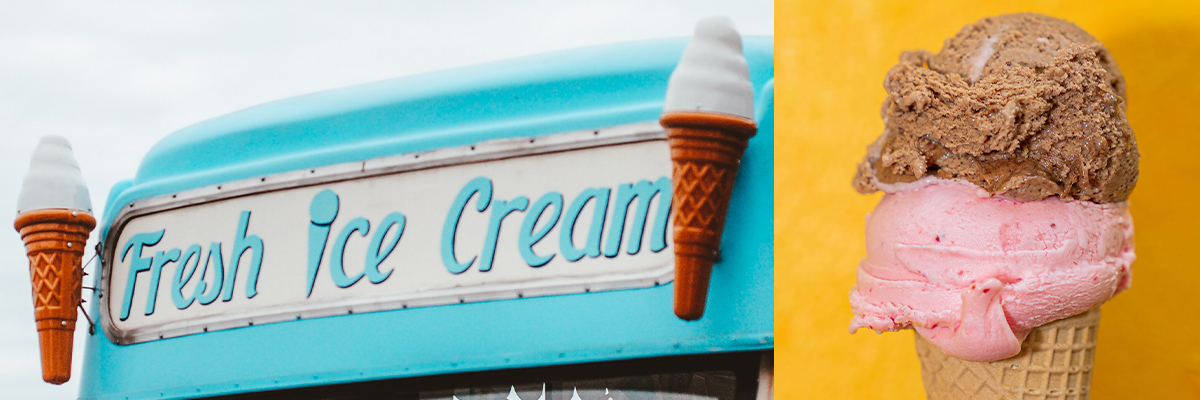
What is Ice Cream Cold Room?
Ice cream cold room, also known as ice cream freezer or ice cream cold storage, is a specialized environment designed to preserve ice cream at optimal temperatures. These rooms are typically equipped with advanced refrigeration systems, insulation, and temperature control mechanisms to maintain a consistent cold environment. They are commonly used by ice cream manufacturers, distributors, and retailers to store their ice cream products.
What is Ice Cream Storage Temperature?
Cold Storage of Ice Cream
To safely maintain short-term storage of products along the cold supply chain, cold storage lockers must keep the product at -18° F. This colder temperature helps to preserve texture and flavor while preventing melting and bacteria growth.
Temperatures at Retail
The storage temperature for ice cream at retailers is -8° F in their coolers and no more than -4° on the top rack of the cooler. This warmer temperature helps prevent freezer burn on products, improves servability, and makes the product more pleasurable for customers to consume.
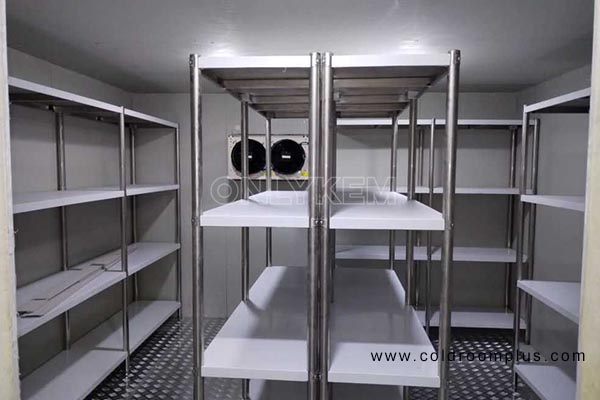
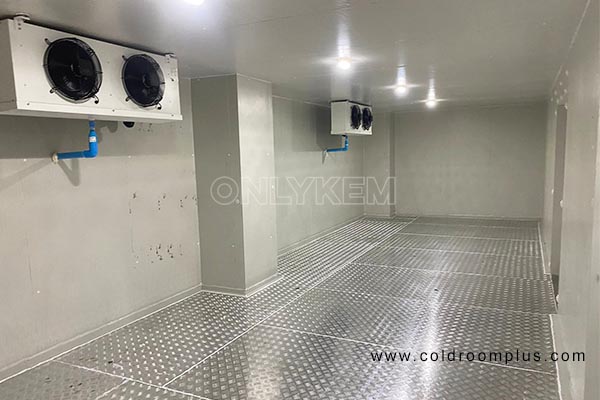
What are the Ice Cream Cold Room Advantages?
1. Temperature Control
Ice cream is best stored at temperatures -20°C ~ -25°C (-4°F ~ -13°F). The cold room ensures that the ice cream remains in a frozen state, preventing it from melting or developing ice crystals, which can adversely affect its texture and taste.
2. Extended Shelf Life
By maintaining the optimal temperature and humidity levels, ice cream cold rooms extend the shelf life of ice cream products.
The lower temperatures slow down the growth of bacteria and other microorganisms that could lead to spoilage. This enables manufacturers and retailers to store ice cream for a longer time, reducing waste and ensuring a consistent supply of high-quality products.
3. Quality Preservation
Ice cream cold rooms play a pivotal role in preserving the quality attributes of ice cream. The controlled environment helps maintain the original flavor, texture, and consistency of the product. It prevents the formation of ice crystals, which can cause a gritty texture, and minimizes flavor degradation. This ensures that consumers experience the same deliciousness when they enjoy their favorite ice cream.
4. Efficient Storage
Ice cream cold rooms are designed to maximize storage capacity and facilitate efficient inventory management. The layout and shelving systems are optimized to store ice cream products in an organized manner, allowing easy access and rotation of stock. This helps companies streamline their operations, reduce handling time, and minimize the risk of product damage.
5. Bulk Purchasing and Cost Savings
Ice cream cold rooms provide the opportunity for bulk purchasing, allowing businessmen to take advantage of cost savings. By buying ice cream in larger quantities, manufacturers and retailers can negotiate better pricing with suppliers. This translates to significant cost savings, which can be passed on to consumers or reinvested in business growth.
6. Seasonal Demand Management
Ice cream consumption often fluctuates with the seasons, with higher demand during warmer months. Ice cream cold rooms help the company manage seasonal demand by allowing them to stock up on inventory during slower periods. This ensures a continuous supply of ice cream throughout the year, even when demand is at its peak.
By planning ahead and utilizing cold room storage, enterprises can capitalize on seasonal opportunities without worrying about product shortages.
7. Product Display and Presentation
Ice cream cold rooms often include display cases or glass doors, allowing customers to view the available ice cream options before making a purchase. This enhances the overall shopping experience and encourages impulse buying. The visual appeal of the ice cream products on display can entice customers, increasing sales and promoting brand loyalty.
How to Build an Ice Cream Cold Room?
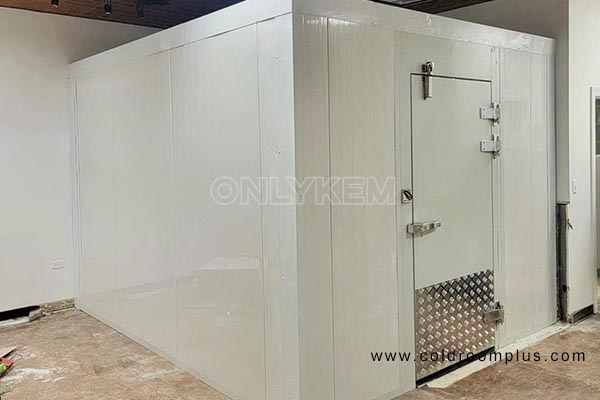
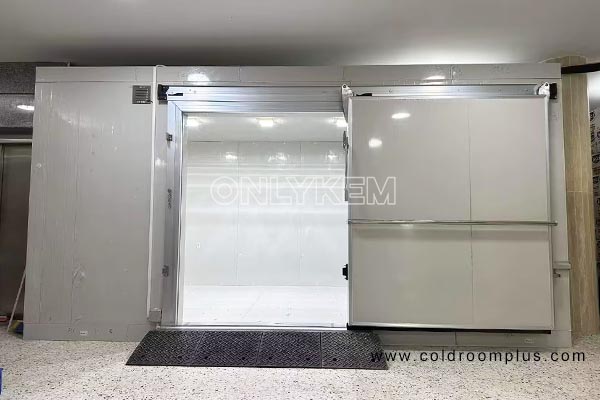
Building an ice cream cold room requires careful planning, adherence to regulations, and the use of appropriate materials and equipment. Here is a general guide on how to build an ice cream cold room:
1. Determine Requirements
Assess your specific needs, such as the desired storage capacity, temperature range, and available space. Consider factors like the stored ice cream volume, shelving number, and any additional features like display cases or glass doors.
2. Design the Layout
Create a layout plan that optimizes the available space and facilitates efficient storage and inventory management. Consider factors like aisle widths, shelving systems, and accessibility for easy loading and unloading of ice cream products.
3. Choose the Right Location
Select a suitable location for your cold room, ensuring it is away from heat sources and direct sunlight.
Adequate insulation and temperature control are crucial, so consider placing the cold room in a controlled environment or well-insulated area.
4. Insulation
Install proper insulation to prevent heat transfer and maintain the desired temperature inside the cold room. Normally use high-quality insulation materials like polyurethane foam panels(PU sandwich panels).
Insulate the walls, floor, and ceiling, ensuring a tight seal to minimize temperature fluctuations.
5. Temperature Control
Install a reliable refrigeration system that can maintain the optimal temperature range for ice cream storage.
Consider factors like the cooling capacity, energy efficiency, and temperature control mechanisms. Depending on the size of your cold room, you may need multiple Refrigeration Units or a centralized cooling system.
6. Humidity Control
Incorporate humidity control mechanisms like Dehumidifier to maintain the ideal moisture balance inside the cold room.
This helps prevent freezer burn and maintains the quality of the ice cream.
7. Ventilation
Ensure proper ventilation to allow for air circulation and prevent the buildup of condensation. This helps maintain consistent temperature and humidity levels inside the cold room.
8. Lighting
Install appropriate lighting fixtures that provide adequate visibility inside the cold room.
Choose LED lights that generate minimal heat and do not affect the temperature inside the room.
9. Flooring and Shelving
Select flooring materials that are durable, easy to clean, and resistant to moisture. Stainless steel or epoxy-coated flooring is commonly used in cold rooms.
Install sturdy and adjustable shelving units that can accommodate the weight of ice cream containers and facilitate organized storage.
10. Temperature Monitoring and Alarms
Integrate a temperature monitoring system with sensors and alarms to track and alert any deviations from the desired temperature range.
This allows for prompt action to rectify any issues and prevent potential product damage.
11. Compliance with Regulations
Ensure your cold room meets all relevant health and safety regulations, including those related to temperature control, hygiene, and food storage.
Consult local regulatory authorities or experts to ensure compliance.
12. Regular Maintenance
Establish a maintenance schedule to clean and inspect the cold room regularly. This includes cleaning the surfaces, checking the refrigeration system, and replacing any worn-out parts.
How to Maintain Ice Cream Quality in Cold Room?
Maintaining the quality of ice cream in a cold room is crucial to ensure its taste, texture, and overall appeal.
Here are some essential practices to follow:
1. Temperature Control
Set and maintain the cold room at the appropriate temperature for ice cream storage, typically between -20 ~ -25°C (-4°F to -13°F). Fluctuations in temperature can cause ice crystals to form, resulting in a grainy texture and loss of quality. You should regularly monitor and adjust the temperature.
2. Proper Packaging
Store ice cream in airtight, moisture-resistant packaging to prevent freezer burn and maintain its creamy texture. Use containers specifically designed for ice cream storage that provide a good seal and minimize air exposure.
3. Stock Rotation
Follow the principle of first in, first out (FIFO) to ensure that older ice cream is used or sold before newer stock. This helps maintain freshness and avoids keeping ice cream past its recommended shelf life.
4. Avoid Temperature Fluctuations
Limit the frequency and duration of cold room door openings to minimize temperature fluctuations. Frequent exposure to warm air can lead to thawing and refreezing, resulting in ice crystals and a loss of quality.
5. Maintenance and Calibration
Regularly inspect and maintain the cold room equipment, including temperature controls, fans, and seals. Ensure the cold room is calibrated correctly to maintain consistent temperature and humidity levels.
6. Hygiene and Sanitation
Keep the cold room clean and free from contaminants. Regularly clean the shelves, surfaces, and equipment to prevent the buildup of dirt, mold, or bacteria that can affect the quality and safety of the ice cream.
7. Temperature Monitoring
Install temperature monitoring systems or use data loggers to track and record the temperature inside the cold room. This helps ensure that the ice cream is consistently stored within the recommended temperature range.
8. Training and Awareness
Provide training to staff members on proper handling and storage procedures for ice cream. Emphasize the importance of maintaining quality, adhering to temperature guidelines, and following hygiene practices.
9. Quality Control Checks
Conduct regular quality control checks on the ice cream stored in the cold room. This includes visual inspection for signs of freezer burn, off flavors, or texture changes. Perform sensory evaluations to ensure the ice cream meets the desired taste and texture standards.
By implementing these practices, you can help maintain the quality of ice cream in the cold room, ensuring a delightful and enjoyable product for your customers.
The ice cream cold room serves as a vital component in the ice cream industry, providing optimal storage conditions that help preserve the quality, taste, and texture of this beloved dessert. Its advantages, such as temperature control, extended shelf life, quality preservation, efficient storage, inventory management, and compliance with regulations, contribute to the success of ice cream manufacturers, distributors, and retailers.
